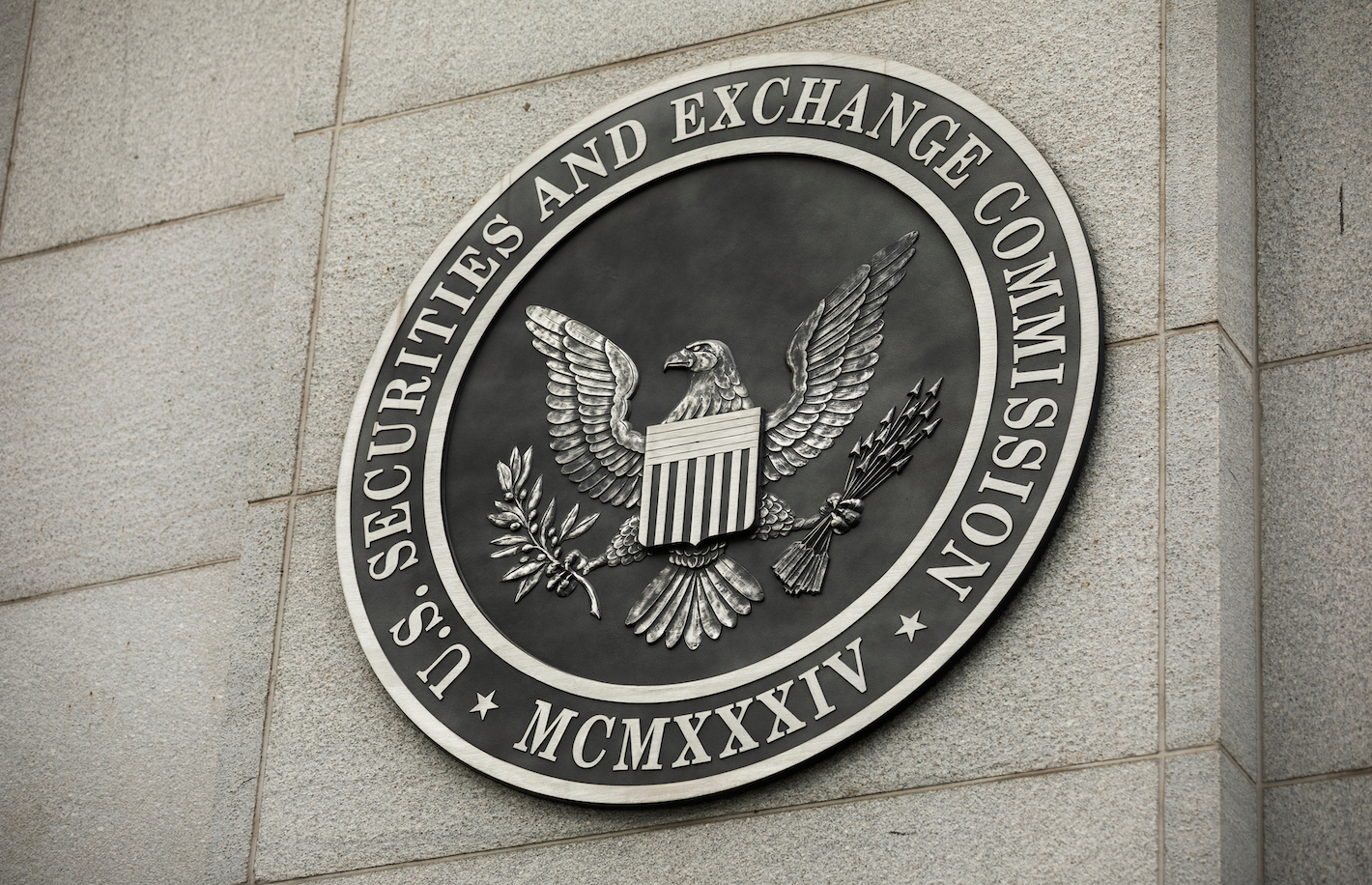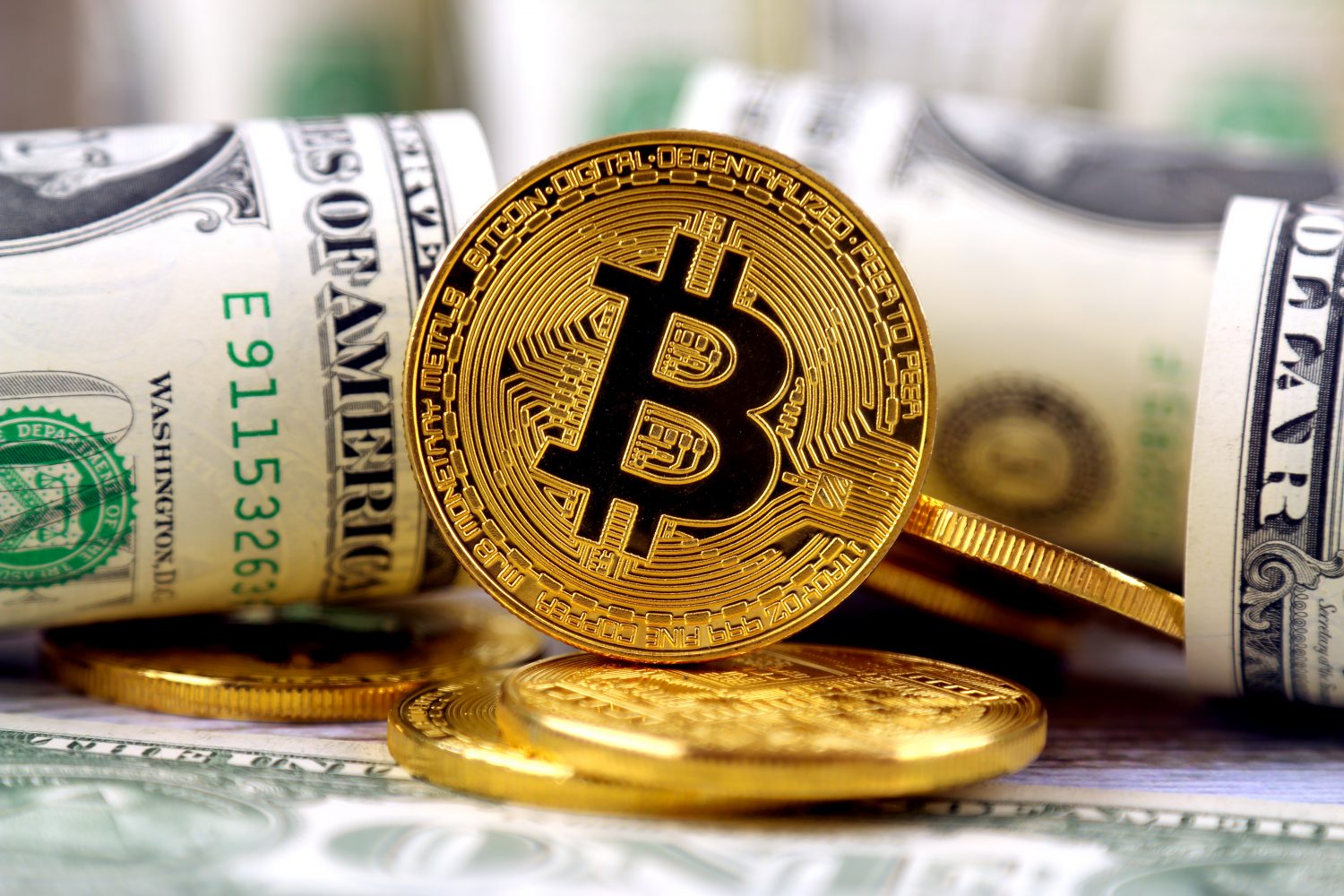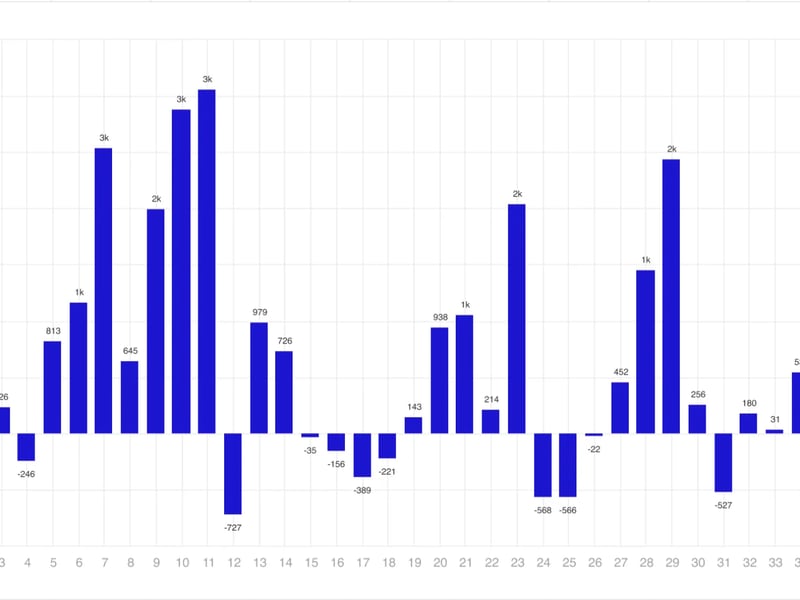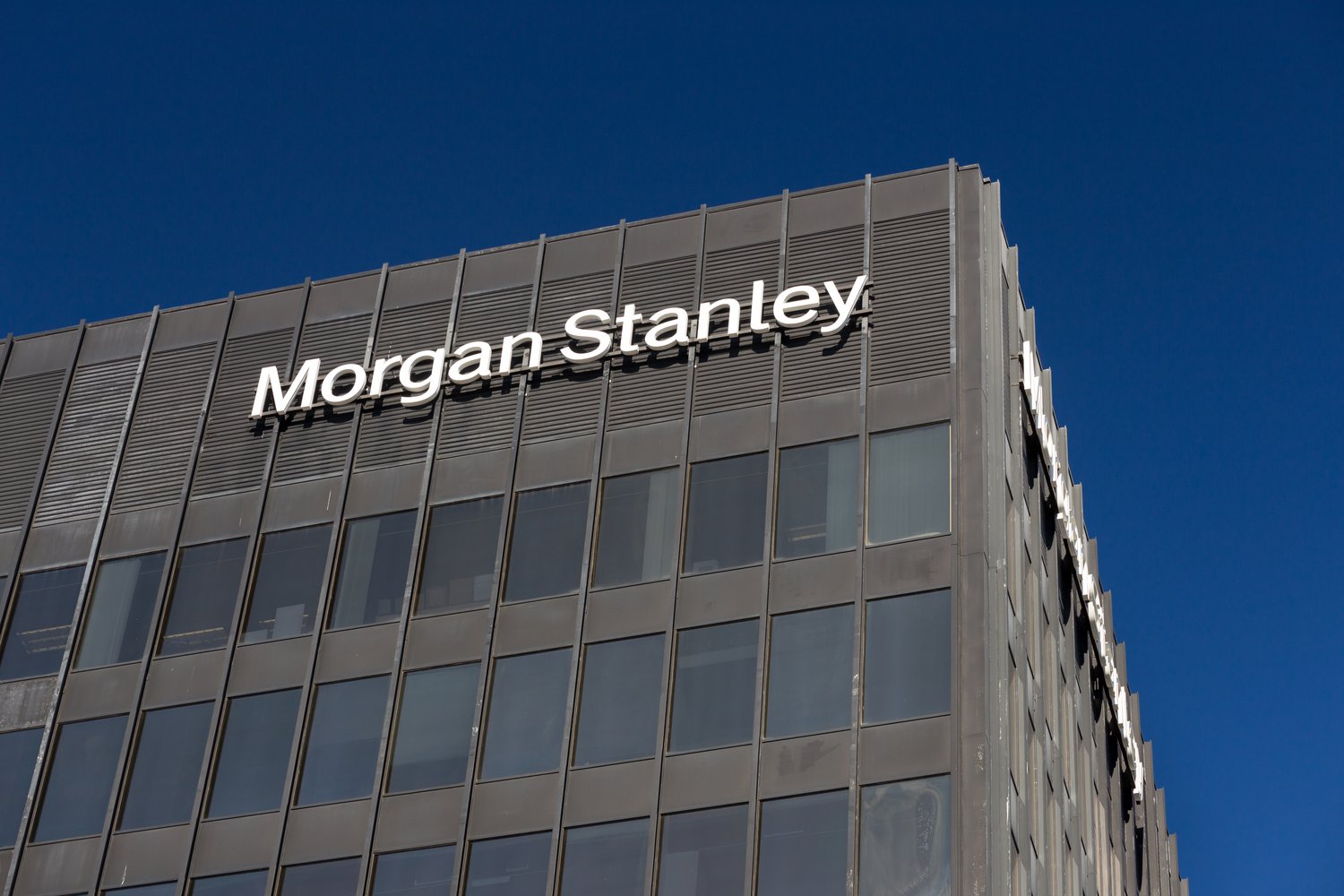A CBDC Alternative to SWIFT?
There are more ongoing cross-border CBDC trials with cute names than one can possibly keep track of (such as Cedar, Icebreaker, Jasper, Mariana and many more). But one stands out: the mBridge project.
Why? For the following reasons:
– It involves 23 central banks, including the BIS (the official organization for central banks)
– It is designed to bypass the US dollar-based global financial system
– It is almost ready to go live
Noelle Acheson is the former head of research at CoinDesk and Genesis Trading, and host of the CoinDesk Markets Daily podcast. This article is excerpted from her Crypto Is Macro Now newsletter, which focuses on the overlap between the shifting crypto and macro landscapes. These opinions are hers, and nothing she writes should be taken as investment advice.
Assuming it meets its target schedule, mBridge is set to become the first functioning blockchain-based payment platform involving official entities. Its nucleus is in Asia, but organizations from all continents are also involved. And while it is unlikely to knock the dollar off its global reserve currency perch, it could end up impacting international flows, trade agreements and the power of sanctions.
Let’s dive into the where, why and what of mBridge:
CBDC frictions
Wholesale CBDCs (which involve the exchange of value between banks, rather than between people) have often been touted as a potential solution to the frictions of cross-border trade. These include transaction costs, currency illiquidity, opacity and documentation.
The problem is, the frictions are often due to differences between systems, both financial and commercial. Changing these systems, many of which are deeply embedded in a country’s economic governance, is going to be difficult, to say the least, especially since there is as yet no agreement on how they should change. Even if governments are convinced that a wholesale CBDC is in their best interests, any application would require profound modifications to accounting and documentation processes.
As yet, there are no unified regulatory frameworks. What’s to guarantee that a CBDC from one jurisdiction will be treated as “good money” by another? How can the CBDC of one country spread through the financial system of a trading partner? If it can’t, how would swaps work? Beyond bank processes, which laws need updating? And, obviously, all trading partners agreeing on one common token is probably out of reach, given the potential impact on local currencies.
That doesn’t mean we won’t get regional alliances, however. Trading partners that see the advantages of a common payment platform that not only removes frictions, but also bypasses the SWIFT choke-hold on global finance. Right now, most cross-border payments rely on SWIFT messaging to coordinate payments. The dependence is such that being shut out of SWIFT is pretty much the same as being shut out of global trade. SWIFT is one of the key tools in the U.S. sanctions box, since – even though the platform is based in Brussels and is jointly owned by more than 2,000 banks – it is largely controlled by the U.S.
Do it together
One such alliance worth watching is mBridge. It officially launched in 2021 as a joint venture between the innovation arm of the BIS and the central banks of Hong Kong, China, Thailand and the UAE, specifically to test the viability of central bank digital currencies (CBDCs) for cross-border trade. The key aim is to streamline payments between commercial banks in different jurisdictions by connecting them to a network co-managed by their central bank.
Beyond the use case of cross-border trade, the project has been working with commercial banks (including all the large Chinese institutions, Goldman Sachs, HSBC, SocGen and others) as well as exchanges to trial blockchain-based security issuance, multi-jurisdiction insurance payments, programmable trade finance, FX settlement and more.
At the end of October, the BIS published an updated document on mBridge showing that, in addition to the five principal participants, 25 other official entities have signed on as observers. These include the IMF, the World Bank and the central banks of 23 countries, including Saudi Arabia, Turkey, South Africa, Namibia, Malaysia, France, Italy, Norway, Chile, Australia… every continent has representation. Even the U.S. central bank is present, via the Federal Reserve Bank of New York. The European Central Bank is also in the group. Observers have access to a “sandbox” for experimentation. According to the BIS, 11 have been taking advantage of this.
Until recently, mBridge was running on a proprietary blockchain based on Ethereum’s Solidity language (which might imply some compatibility?) and developed “by central banks for central banks”, unlike other initiatives that run on blockchains built by third parties.
A couple of weeks ago, Chinese press reported that mBridge was transitioning to the Dashing protocol, which was developed by the PBoC’s Digital Currency Research Institute and Tsinghua University (affiliated with and funded by the Ministry of Education of China, and President Xi Jinping’s alma mater). I don’t know what language Dashing uses, but apparently it achieves higher scalability and lower latency.
This is significant in that it highlights just how much mBridge is a Chinese project, with international add-ons. China is the main trading partner for all the other key participants, and the UAE has been making moves to also deepen its investment and military relationship with the region. The UAE central bank representative on the project, Shu-Pui Li, spent 17 years at the HKMA. And the CEO of the UAE’s principal sovereign wealth fund is also the Presidential Special Envoy to China.
The blockchain does seem to be relatively decentralized. Each participating central bank operates a validator node which participates in establishing network consensus. Commercial banks will be able to operate non-validator nodes.
Polishing the details
Last month, the Hong Kong Monetary Authority said that it would go “live” with a minimum viable product (MVP) next year. What’s more, Chinese media reported that Tencent (owner of the ubiquitous WeChat app) will also be involved.
The mBridge project is much more than a few organizations tinkering with tokens and addresses. The project has committees focused on key issues such as the legal framework, the policy implications, governance, redemption terms, ownership rights, AML compliance. It is leagues ahead of most other cross-border investigations, and is moving forward while the U.S. is using CBDC resistance as a way to score political points.
Stepping back, this is not surprising. The U.S. already dominates the global financial landscape, and it has no incentive to design a new system. It is content with the current one. China, on the other hand, has long been working to expand its economic reach beyond its borders – with smoother and broader trade comes greater global influence. Throw in a growing number of countries struggling to obtain enough dollars to pay for imports, and you get a simmering and widespread demand for an alternative. Countries with geopolitical grievances with the U.S. have strong reason to think the current system could become even more weaponized.
There is a chance mBridge is not that alternative. China’s heavy influence in the group may deter some. And even if not, it’s possible that it doesn’t get much traction. SWIFT has over 11,000 affiliated banks. That kind of market penetration will be extremely hard to dislodge, especially since any systemic change will be expensive. Most banks are conservative and tend to be reluctant to change what isn’t broken.
But even if the use remains geographically limited to China and its main trading partners, that’s still potentially a lot of volume. And China already has a functioning CBDC that could make the initial launch smoother.
The exact timing of an mBridge launch is unclear – Hong Kong’s claim it will be next year feels ambitious. It’s a daunting task as the pieces are fragmented, complex and changing. But mBridge’s development is far along, its launch will happen, and when it does, we will have yet another strong sign that the established balance of power is shifting.
Edited by Ben Schiller.








